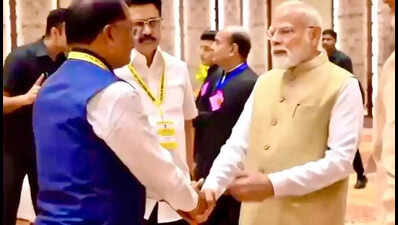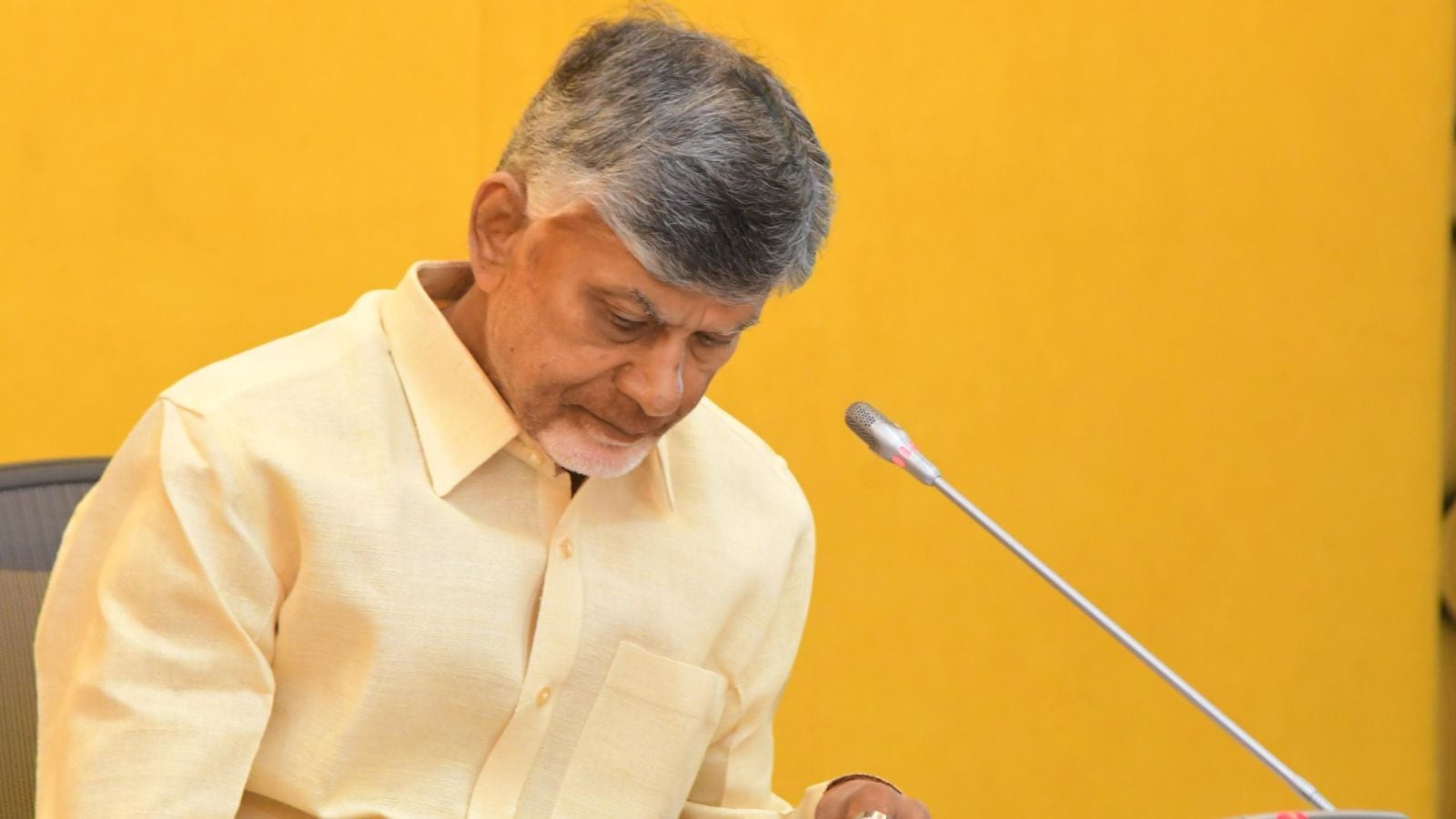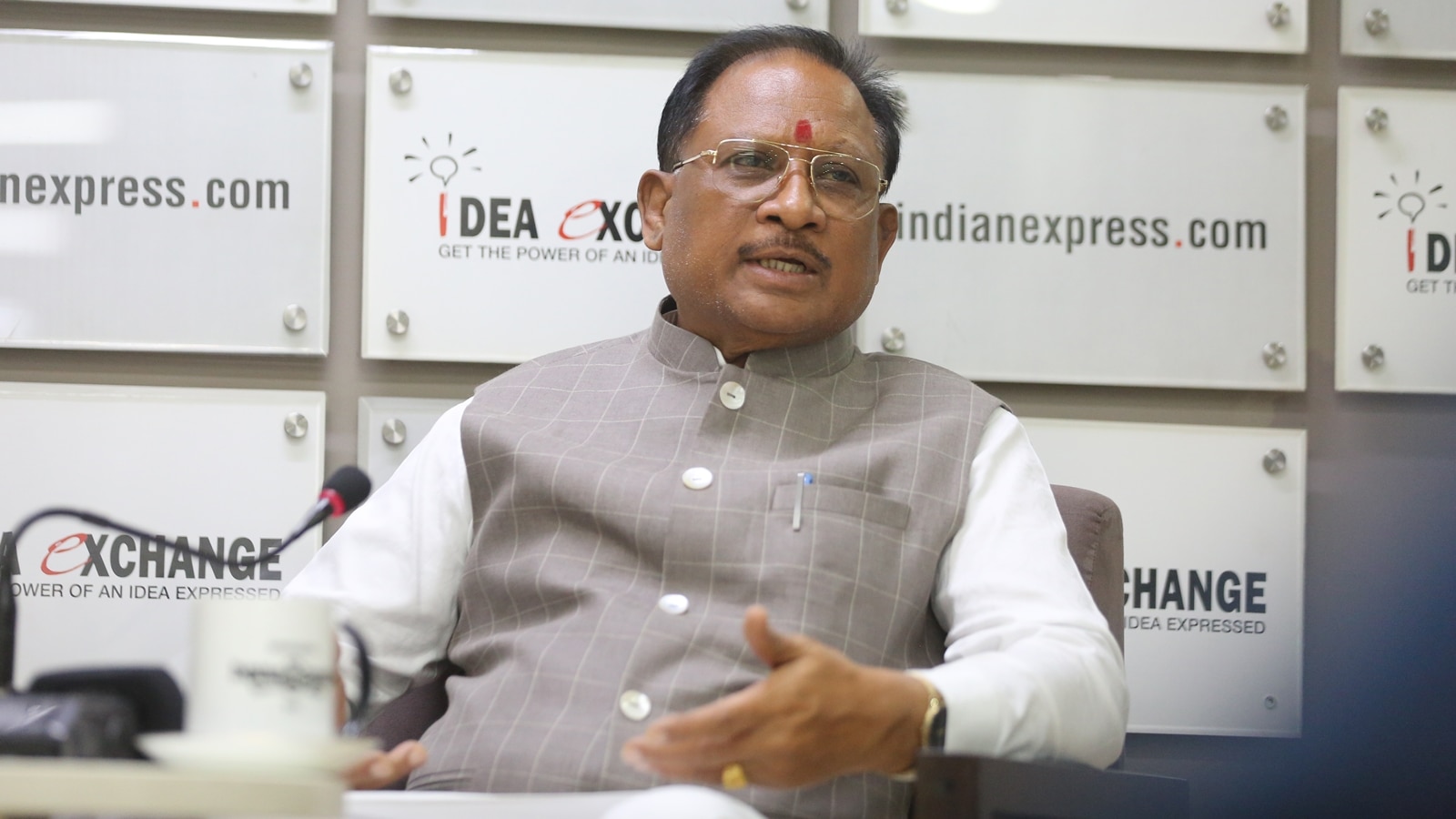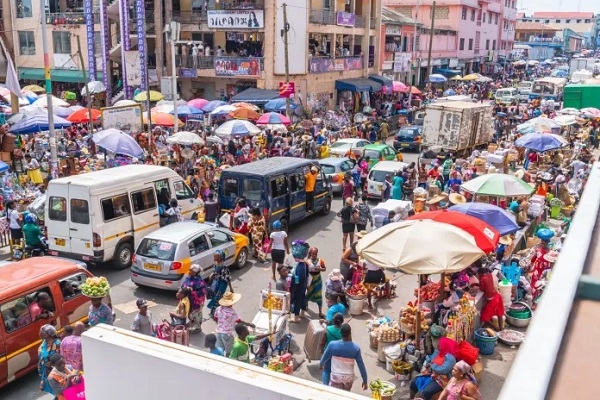CM Sai highlights Bastar's transformation and roadmap to Rs 75 lakh crore economy at NITI Aayog meeting | Raipur News - Times of India

RAIPUR: Chhattisgarh Chief Minister Vishnu Deo Sai on Saturday presented the state's long-term development vision at the 10th Governing Council meeting of NITI Aayog. He highlighted Bastar's transformation, noting that the region, once affected by Maoist violence, is now emerging as a national model for development, employment generation, and self-reliance. During the meeting, chaired by Prime Minister Narendra Modi, Chief Minister Sai outlined a plan to transform Chhattisgarh into a Rs 75 lakh crore economy by 2047. This goal is to be achieved through the '3T Model': Technology, Transparency, and Transformation. The Chief Minister also stated that this plan aims to increase the state’s per capita income tenfold and double the state's GSDP in the next five years. As part of this long-term development agenda, the government has prepared a comprehensive strategy called the 'Chhattisgarh Anjor Vision Document', which outlines integrated plans for economic growth, social progress, and environmental sustainability. Chief Minister Sai emphasised that the state administration is evolving into a more tech-enabled, transparent, and efficient system, with every government scheme digitally tracked to ensure timely and effective service delivery to citizens. He affirmed that this model would not only elevate Chhattisgarh into the league of developed Indian states but also play a key role in advancing India’s broader goal of becoming a developed nation by 2047.
To drive this mission, the state has prioritised 13 key sectors, including education, healthcare, infrastructure, agriculture, IT, tourism, and skill development. Ten focused missions have been launched for effective implementation in these areas. Speaking on Bastar’s transformation, the Chief Minister said the region is now full of opportunities. He shared that skill development centres have been established in Bastar and 32 surrounding blocks, where local youth are receiving training in fields such as computer literacy, healthcare, food processing, and technical trades.
"Today, children who once gathered firewood in the forests are learning to operate machines and use laptops," he remarked. He further highlighted the surge in investments flowing into the region, noting that the establishment of the country's first semiconductor unit and an AI data centre in Nava Raipur is creating new avenues of employment for the youth of Bastar and the entire state. "Bastar is now poised to become a hub for 'Make in India' – a place where innovation, industry, and opportunity converge," the Chief Minister added. Addressing the issue of Maoism, the Chief Minister reaffirmed the government’s resolve to make Chhattisgarh completely Naxal-free by March 2026. He noted that comprehensive rehabilitation, skill training, and self-employment programmes are being rolled out for surrendered Naxals. In Bastar, tribal communities are now gaining access to markets, training, and entrepreneurship opportunities, with local products driving new avenues for livelihood.
Bastar’s Dhudmaras village has earned international recognition, being named one of the “Best Tourism Villages” by the United Nations. The Chief Minister underscored significant strides in infrastructure development, noting that the state’s railway network is being expanded from 1,100 km to 2,200 km, while more than Rs 21,000 crore has been invested in upgrading national highways. With the introduction of cargo services at Raipur Airport, Chhattisgarh is now on track to emerge as a key logistics hub in the region. The state plans to boost its steel production capacity from 28 to 45 million tonnes by 2030 and also scale up power generation to become the first in the country. Chhattisgarh has become the first state in the country to successfully auction a lithium block, an essential resource for electric vehicles and the green energy transition. Chief Minister Sai informed that the state has introduced more than 350 policy reforms to improve governance. The Chief Minister said that Chhattisgarh fuels India’s industry with coal, steel, and cement, while also uplifting rural livelihoods through agriculture, fisheries, and forest produce. Simplified land rights empower tribal families, and tourism creates jobs for women and artisans. Digital governance under the 3T Model ensures speed, transparency, and accountability. With over 350 reforms, the state leads in policy innovation, aligning with PM Modi’s vision.
Connectivity is improving through Rs 21,380 crore in road and airport upgrades, while railway expansion is set to double historic coverage by 2030—positioning Chhattisgarh as a key driver of India’s inclusive development.












